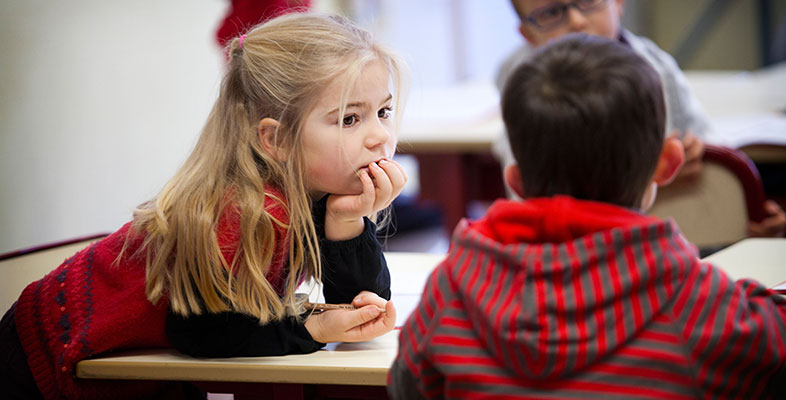5 Looking to the future
It would be a brave person who tries to predict the future in any area of work. However, in gathering resources for this course we have been in a position to obtain a good sense of how teachers, teaching assistants and other adults are currently working in primary schools across the UK and elsewhere. We are also in touch with a large number of teaching assistants studying courses with the Open University, and note how they write about their work. This provides us with an idea of how the role is continuing to develop and also how it might possibly change in the future.
We have heard from teachers at Fulbridge Academy about how their role extends considerably beyond what might be thought of as ‘traditional’ classroom teaching. We have also focused specifically on support staff as an example of how the primary school workforce in the United Kingdom has evolved. The research literature provides much evidence that additional adults in support roles have, increasingly, become involved in the work that teachers do. We would include here the following traditional teacher tasks:
- planning for children’s learning
- teaching lessons
- evaluating and assessing learning
- teaching whole classes
- supporting children in managing their own behaviour
- liaising with parents about children and their learning
- managing and appraising staff.
Of course, not all support staff do all of these things. Some do some of them as well as other kinds of school work, such as the preparation of learning resources, playtime supervision, running after-school clubs and collating school records. At the time of writing this course, the extent of support staff involvement in qualified teachers’ work seemed quite considerable. This can be regarded as a steady, albeit quietly implemented, development over time. However, it is possible only to speculate on how the primary school workforce might develop in the future. It seems likely that it will continue to change in response to government policy and other local and global factors, but the nature and pace of such change is difficult to predict.
